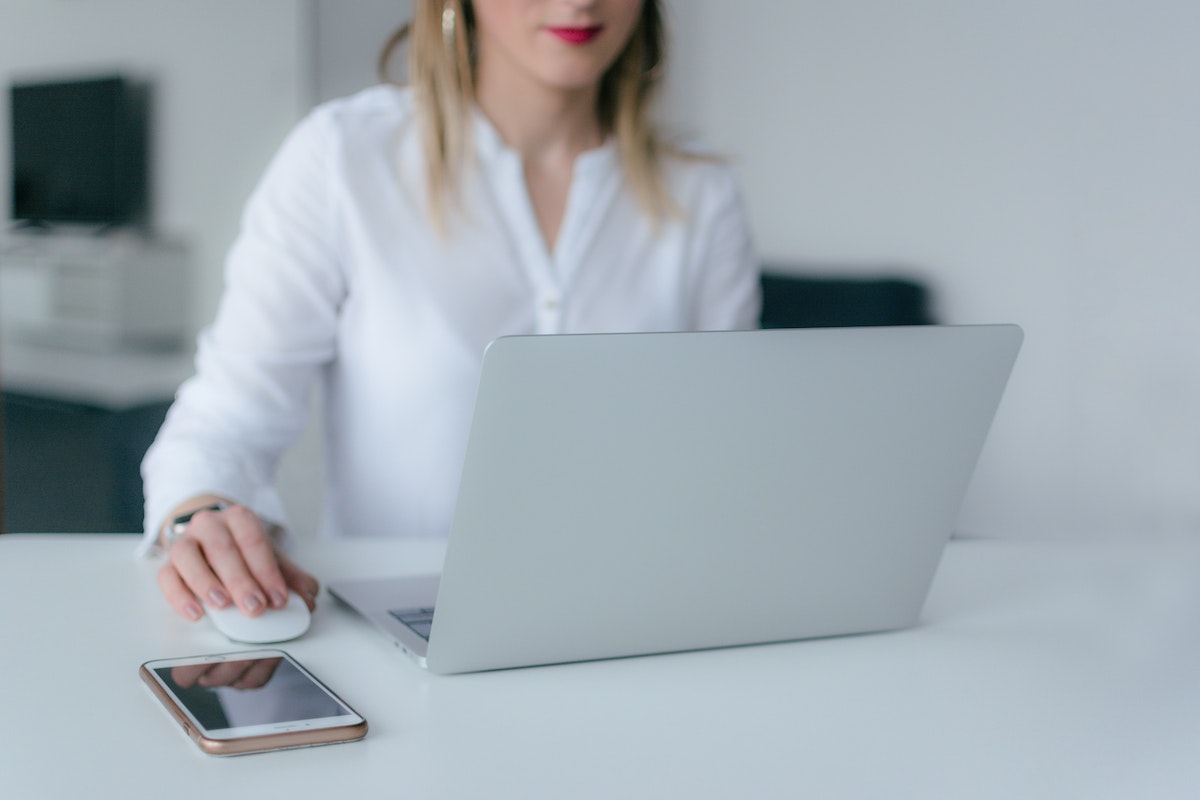As we increasingly rely on technology for everyday tasks, the need for strong cybersecurity measures has become more vital than ever. Cybersecurity is a crucial aspect of our digital world, from protecting personal information to safeguarding sensitive data in businesses. The role of a cybersecurity professional has also become highly sought after, with the demand for skilled individuals in this field increasing.

Cybersecurity is constantly evolving, with new threats and attacks emerging regularly. This guide aims to provide an overview of cybersecurity fundamentals and equip you with the necessary knowledge to understand this complex world better.
What is Cybersecurity?
Cybersecurity is the practice of protecting systems, networks, and programs from digital attacks. These cyberattacks typically target sensitive information, extort money from users, or interrupt normal business processes. Implementing effective cybersecurity measures is particularly challenging today because there are more devices than people, and attackers are becoming more innovative.
In response to the sophisticated nature of cyberattacks, education in the field has taken a significant leap forward. Those pursuing a Bachelor’s degree in cybersecurity will be equipped to combat the latest threats. This education covers many topics, including network security, information assurance, ethical hacking, and forensic investigation, ensuring graduates are well-equipped to protect our digital landscape.
Types of Cybersecurity
In a detailed overview, it’s essential to understand that cybersecurity concerns not just large organizations but also individuals. It encompasses several key areas. Understanding these areas will help you identify vulnerabilities in your digital landscape and take appropriate measures to defend against them.
Network Security
Network security is a broad term that encompasses various technologies, processes, and policies used to protect computer networks from unauthorized access or misuse. It includes hardware and software components, such as firewalls, intrusion detection systems, and virtual private networks (VPNs). These measures aim to secure data transmitted over a network’s integrity, confidentiality, and availability.
Application Security
Application security focuses on securing software applications from threats and vulnerabilities. It involves identifying potential risks in an application’s code and implementing measures to prevent exploits that could compromise its functionality or expose sensitive information. This type of cybersecurity is particularly crucial for businesses that rely on software applications for their operations.
Information Security
This concerns data protection in any form—physical or digital. It involves managing access to sensitive information, such as personal and financial records, trade secrets, and intellectual property. This type of cybersecurity is essential for individuals, businesses, and government organizations that handle confidential information.
Operational Security
Sometimes referred to as OPSEC, operational security is a process designed to identify and protect critical information that adversaries could use against an organization. It involves analyzing potential risks and implementing measures to mitigate them, such as secure communication channels, proper handling of sensitive data, and regular employee training.
Disaster Recovery (DR)/Business Continuity Planning (BCP)
DR and BCP are vital components of cybersecurity. They involve developing strategies and procedures to ensure the rapid recovery of critical business operations during a cyberattack or natural disaster. This type of cybersecurity includes backup and recovery processes, system redundancy, and emergency response plans.
The Importance of Cybersecurity
The increased reliance on technology has made cybersecurity more critical than ever before. A cyberattack can have devastating consequences for individuals, businesses, and governments alike. Here are some of the reasons why cybersecurity is crucial in our modern world:
- Protection of personal information: With the rise of social media and online shopping, we share significant personal information online. Cybersecurity helps protect this sensitive data from falling into the wrong hands.
- Prevention of financial loss: Cyberattacks such as ransomware and phishing scams can cause significant financial loss to individuals and businesses. Implementing proper cybersecurity measures can prevent these attacks from succeeding.
- Safeguard against identity theft: Cybercriminals can use stolen personal information to commit identity theft, which can have long-lasting consequences for the victim. Strong cybersecurity measures help prevent this type of crime.
- Protection of critical infrastructure: Cybersecurity is vital for protecting critical infrastructure such as power grids, transportation systems, and healthcare facilities. A successful cyberattack on these systems could have catastrophic consequences.
Latest Trends and Threats
The constantly changing landscape of technology also brings about new cybersecurity trends and threats. It’s essential to stay informed about the latest trends to ensure your cybersecurity practices remain up-to-date and effective.
One significant trend in recent years is the rise of Internet of Things (IoT) devices, including everyday objects like home appliances, vehicles, and medical devices connected to the Internet. The increasing popularity of these devices has also made them a target for cybercriminals.
Image source: https://pixabay.com/photos/cyber-attack-encryption-smartphone-3327240/
Another prevalent threat is ransomware, where attackers encrypt an individual or organization’s data and demand payment to restore access. Ransomware attacks have become increasingly sophisticated, with some targeting entire networks rather than individual machines.
Social engineering is another tactic used by cybercriminals. This method involves manipulating individuals into providing sensitive information or accessing systems through deception rather than technical means.
As technology evolves, so do the methods and strategies employed by hackers and cyber attackers. Staying informed about these latest trends and threats is crucial in developing a robust cybersecurity defense plan.

Best Practices for Cybersecurity
Now that we’ve covered the basics of cybersecurity and the latest trends let’s look at some best practices that individuals and organizations can implement to enhance their cybersecurity.
- Implement Strong Passwords: One of the most crucial steps in protecting personal and sensitive information is having strong passwords. Use letters, numbers, and special characters for maximum security.
- Update Software Regularly: Cyber attackers often exploit vulnerabilities in outdated software. Regularly updating your software and operating systems helps to patch these vulnerabilities.
- Use Multi-Factor Authentication: Adding an extra layer of security with multi-factor authentication helps to reduce the risk of unauthorized access to sensitive information.
- Backup Data Frequently: In case of a cyberattack or system failure, having regular backups can minimize the impact and aid in recovery.
- Train Employees: As mentioned earlier, end-user education is crucial in preventing cyberattacks. Regularly train employees on best practices for cybersecurity, such as identifying phishing emails or using secure passwords.
With technology becoming more integrated into our daily lives, it’s essential to have a solid understanding of cybersecurity and how to protect ourselves against potential threats. Whether you’re an individual or a business, implementing strong cybersecurity practices is crucial in today’s digital world. By staying informed about the latest trends and following best practices, we can help create a safer online environment for everyone. So, let’s all do our part to maintain a secure and resilient digital landscape.
















